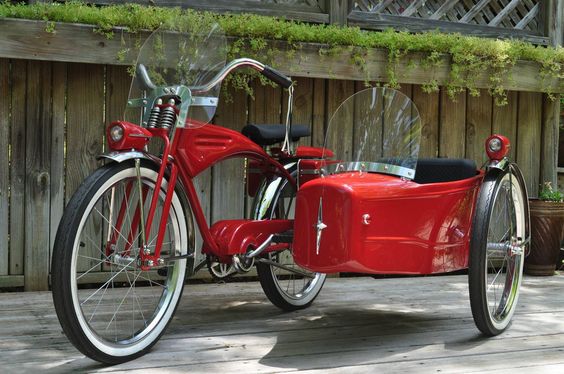Sport is good for us all – no matter our age or ability, taking part in physical activity is good for both the body and the mind.
The trouble is, for many physical activity isn’t quite as easy as getting up off the couch and going for a run, or gathering a few friends for a kick about in the local park, and if you or someone you know has any kind of disability, you’ll know how disheartening that can be.
Meeting the sporting needs of disabled people
Even with the greatest will in the world, a physical disability can make taking part in sport that bit more difficult as you always have to work within the constraints of your mobility. And even if the disability doesn’t prevent participation, it may still require precautions to be taken over and above the common ones.
So before taking part in any activity you need to do your research and be fully aware of the risks involved, find out where your nearest accessible facilities are and if there is any specialist coaching or equipment required.
And also bear in mind certain conditions mean physical activity may not always be possible: for instance, anyone with multiple sclerosis may find participation is variable, while muscular dystrophy is progressive and so participation may have to stop completely at some point.
The good news is, schemes like Inclusive Sport are helping to promote sport and raise its profile among those with disabilities, while the organisers of the 2012 London Paralympics claimed the games were responsible for a “seismic effect in shifting public attitudes” to disabled sports and changed public perceptions forever.
And Olympic and Paralympic cycling is one sport that has done more than most to turn the UK onto sport, picking up numerous medals across the board in both the 2012 and 2016 Games.
So here’s how adaptive cycling can get you or your loved ones back in the saddle…
What is an adaptive bicycle?
An adaptive cycle is simply a specially constructed bike that can be modified to suit the preferences and requirements of different riders. These bikes can be fitted with accessories to customise them further by modifying, amongst other things, the gears, brakes and seating systems.
And adaptive bicycles come in all shapes and sizes for children and adults of all sizes and abilities, from tandem ‘buddy’ bikes where the ‘driver’ sits in the back to side-by-side tandems so both riders can enjoy each other’s company.
For those who prefer to go solo, there are a range of adaptive tricycles, bicycles and low riders that can aid with balance for riders of all ages.
How to choose an adaptive bicycle
Before choosing an adaptive bicycle it’s vital you to first undertake a thorough consultation with an approved and trusted manufacturer who will be able to not only give you a good understanding of the types of bike available, but also ones that are likely to best fit your needs.
And also bear in mind how the bike will be most often be used.
An adaptive bicycle can be used just for fun or to help with fitness and balance as part of an active lifestyle and help take away the potential lack of confidence that can come as a result of a disability – the right bike really can be a life-changing piece of equipment.
If you live in the UK, a new Inclusive Cycling Hub has recently opened in Shrewsbury. The hub includes a bike shop, specialising in Adaptive Bikes. The staff at the hub, also encourage people to join in and try out bikes during their Weekly Wednesday Rides. The facility provides a perfect opportunity to meet other people interested in Adaptive Cycling and to gain advice from staff and experienced cyclists.

